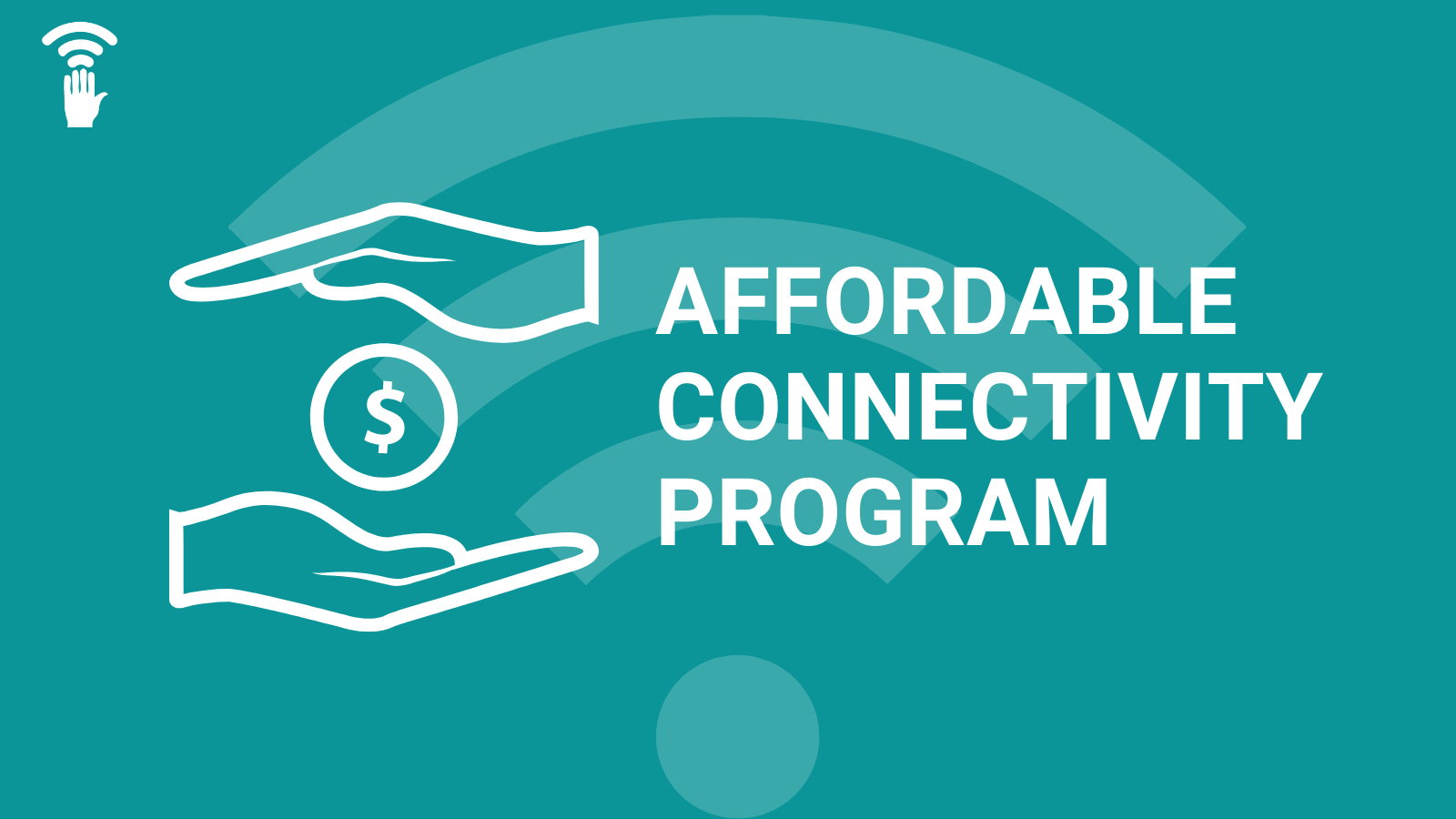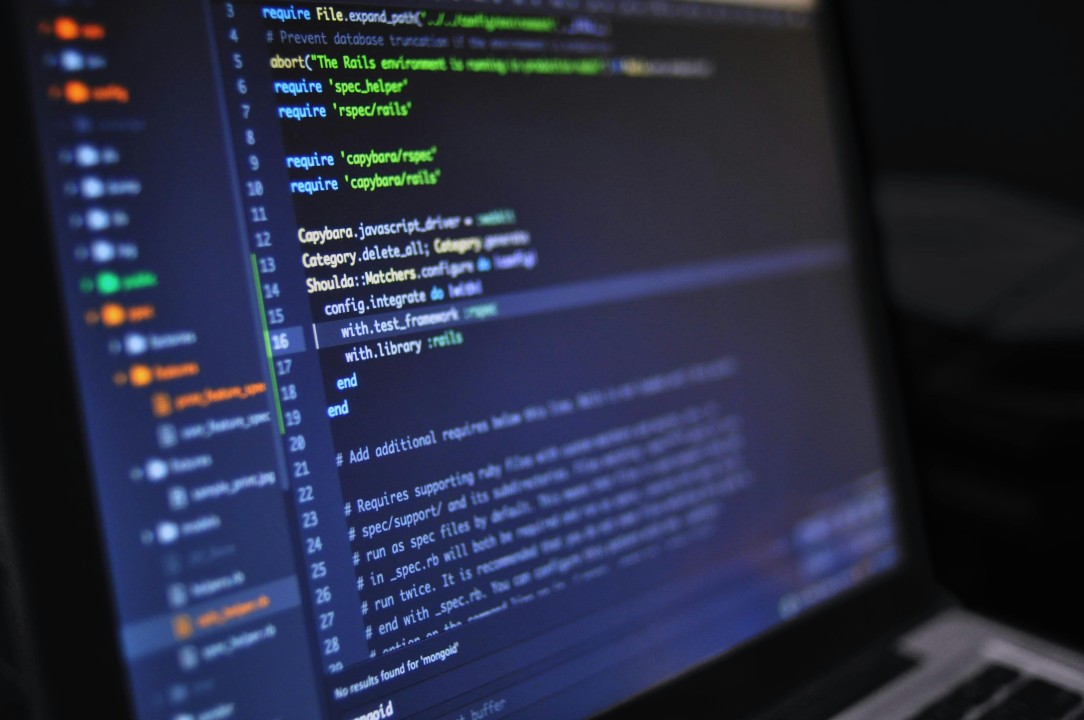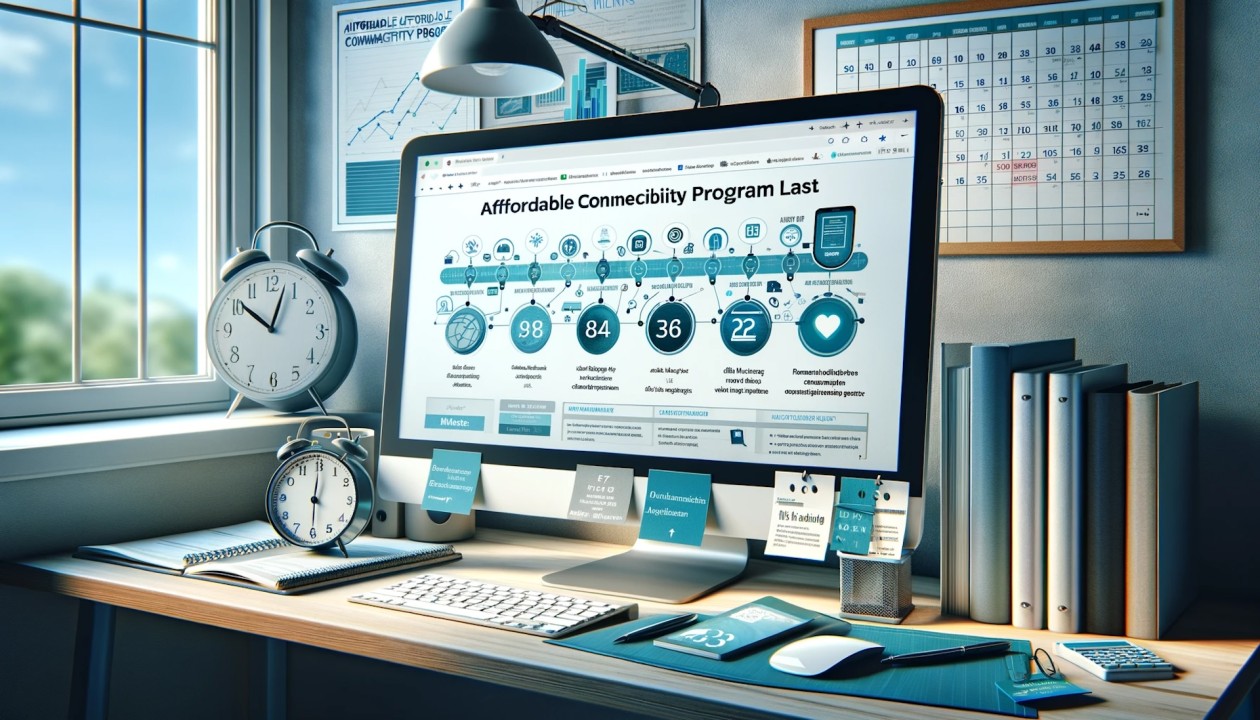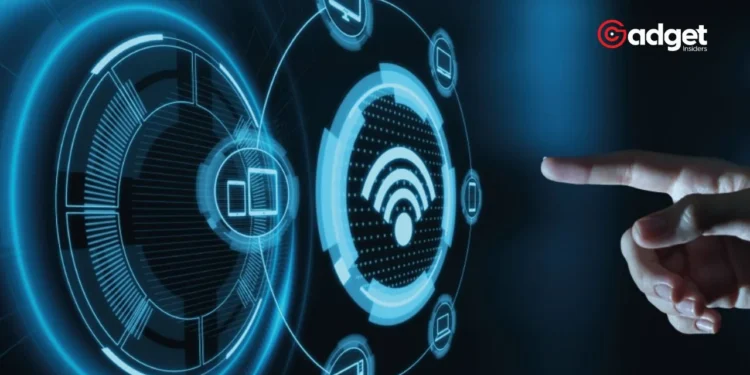This cessation comes as a stark reminder of the essential role internet plays in contemporary life, especially in the aftermath of a pandemic that made online connectivity a pillar of daily existence.

Understanding the Affordable Connectivity Program
Initiated as part of the monumental $1.2 trillion Infrastructure Investment and Jobs Act passed by Congress in 2021, the ACP aimed to bridge the digital divide by making internet access more affordable for low-income households. It provided a $30 monthly credit (or $75 for those on Tribal lands) towards broadband bills for families earning below 200% of the Federal Poverty Guideline. The program, which was a beacon of hope for many, is now drawing to a close, leaving a void that could have far-reaching implications for those it served.
The Affordable Connectivity Program runs out of funds at the end of April, leaving 1 in 5 households in #IL17 without reliable internet.
We must extend this program to keep costs down and ensure our seniors, students, and families stay online. pic.twitter.com/1fr88xrrua
— Congressman Eric Sorensen (@RepEricSorensen) April 22, 2024
The Broad Impact of the ACP’s Conclusion
“Today, all that is going away,” marks a somber reality for over 23 million households that benefited from the ACP. The sudden end of this support is more than an inconvenience; it’s a potential barrier to education, work, and social interaction. For many, the program was not just a financial relief but a lifeline that connected them to the digital world, offering free internet by aligning the credit with broadband plans priced at $30 for minimum speeds of 100 Mbps.

The Funding Crisis and Its Consequences
The ACP’s expiry is primarily due to exhausted funds—a familiar tale in federal programming where sustainability often hinges on continued congressional support. Despite urgent appeals from the Biden administration and advocacy by various groups and the Federal Communications Commission (FCC), the program did not secure the necessary renewal. This lapse in funding could disproportionately affect vulnerable populations, forcing them to choose between internet access and other critical needs like food and housing.
Looking Ahead: Alternatives and Advocacy
With the ACP benefits halted, affected families face the stark reality of either paying the full price for their internet or potentially losing access. However, there remains a glimmer of hope through the Lifeline program offered by the Universal Service Administrative Company, which provides a smaller subsidy of up to $9.25 per month, or $34.25 for those on qualifying Tribal lands.
In a recent press conference, White House press secretary Karine Jean-Pierre emphasized continued efforts to encourage big telecom providers to offer low-cost plans despite the funding shortfall. The outcome of these encouragements remains uncertain, leaving many to wonder about the future of affordable internet access.
Prepare for End of internet Program
For those impacted, it’s crucial to verify whether you’ve received notifications from your internet provider regarding the end of the ACP. If notifications haven’t been received, contacting your provider is an essential step. Moreover, the FCC’s dedicated information page on the ACP wind-down provides further guidance and supports the filing of complaints to address any grievances.

The end of the ACP is a significant moment that underscores the ongoing challenge of ensuring equitable internet access for all Americans. As we move forward, the dialogue and efforts around affordable connectivity remain critical, with hopes that new solutions or enhancements to existing programs like Lifeline will emerge to fill the gap left by the ACP’s conclusion.









